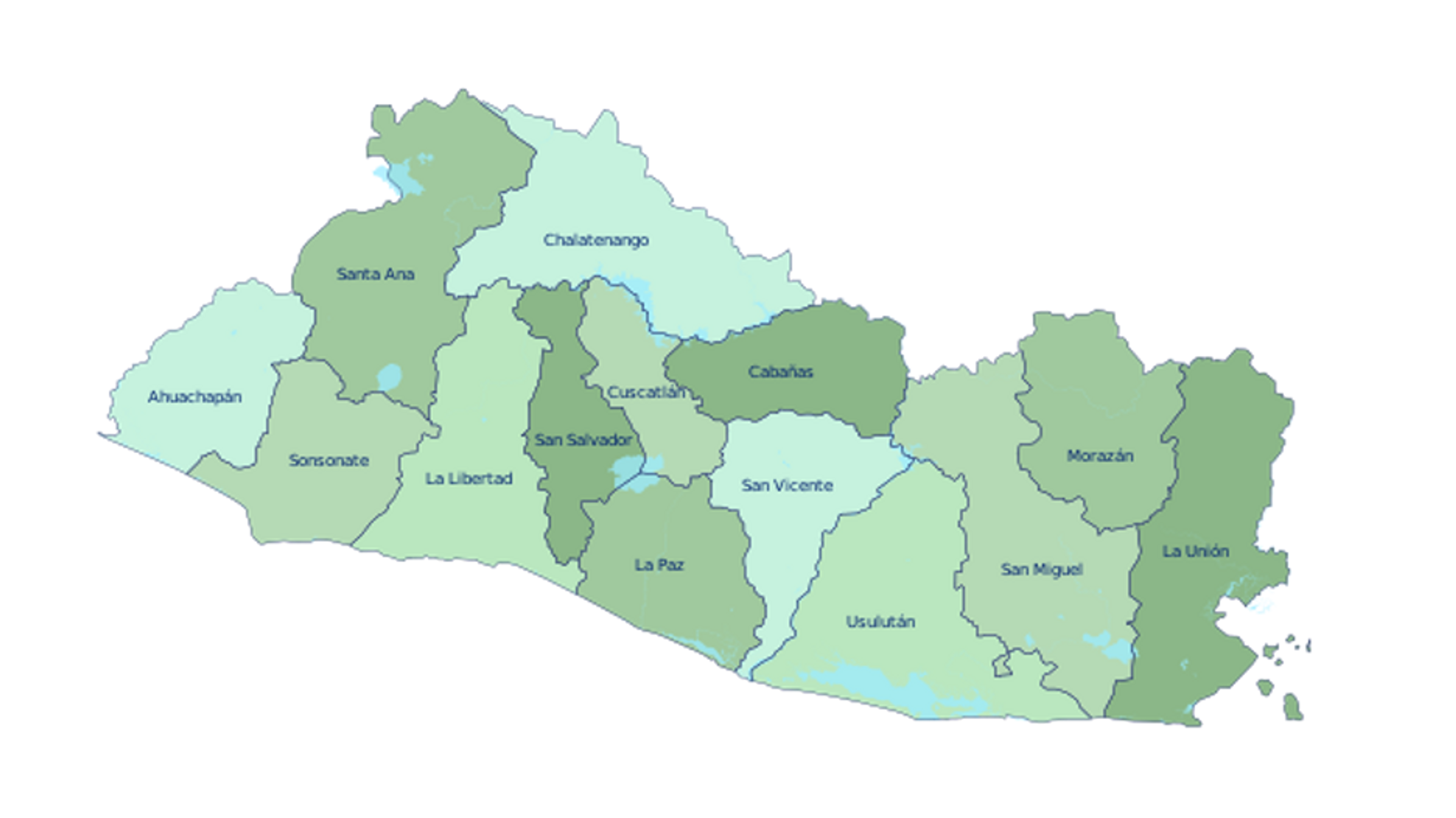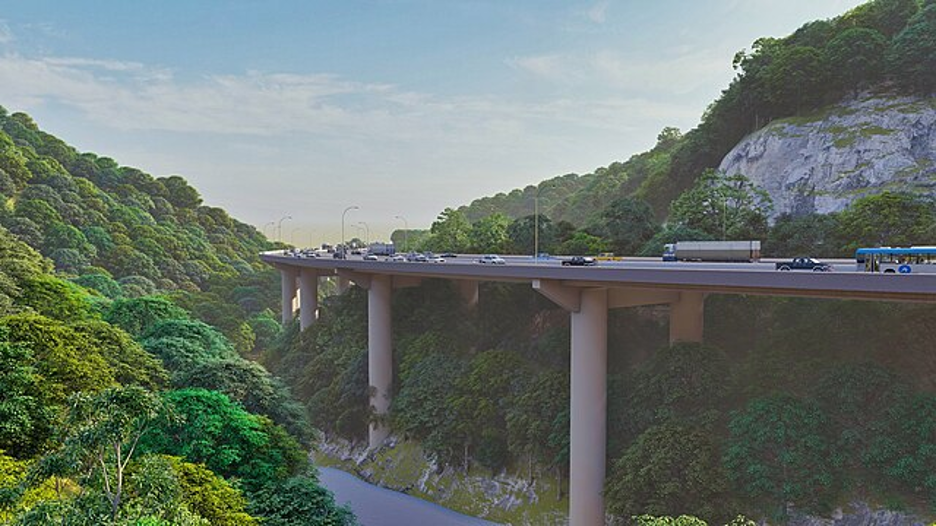El Salvador, a small but vibrant country located in Central America, has been gaining popularity as a travel destination in recent years. Known as the “Land of Volcanoes,” this diverse and picturesque nation offers a wealth of natural beauty, rich cultural heritage, and exciting adventures for travelers.
In this comprehensive guide, we will explore what to see and do in El Salvador, giving you all the essential information you need to make the most of your visit.
Discovering El Salvador’s Natural Wonders
1. Volcanoes
El Salvador is home to 23 volcanoes, some of which are still active. The most iconic among them is the Santa Ana Volcano, which boasts a stunning turquoise crater lake known as “Lake Coatepeque.” It’s an excellent spot for hiking and enjoying panoramic views of the surrounding landscapes. For a more adventurous experience, visit the Izalco Volcano, often referred to as the “Lighthouse of the Pacific,” due to its constant eruptions.
2. Beaches
El Salvador has a beautiful coastline along the Pacific Ocean, offering some of the best surf breaks in the world. Popular beach destinations like La Libertad, El Tunco, and El Zonte are perfect for both surf enthusiasts and those looking to relax on the sandy shores. The warm waters and consistent waves make it an ideal place for water sports and beachcombing.
3. National Parks
El Salvador’s national parks are a treasure trove of biodiversity and natural beauty. El Imposible National Park, located in the Apaneca-Ilamatepec mountain range, is a UNESCO Biosphere Reserve. It’s known for its lush forests, waterfalls, and diverse wildlife. Another must-visit park is Montecristo Cloud Forest, famous for its cloud-covered landscapes, orchids, and various species of birds.
Unveiling the Rich Culture and Heritage

1. Mayan Ruins
El Salvador has a significant Mayan heritage, with several archaeological sites waiting to be explored. Tazumal, in the town of Chalchuapa, is one of the most renowned Mayan ruins, featuring well-preserved pyramids and a museum. Joya de Cerén, known as the “Pompeii of the Americas,” is another fascinating site that offers a glimpse into daily life during the Mayan era.
2. Historical Cities
San Salvador, the capital city, has a rich history and offers various attractions, including the National Palace, Metropolitan Cathedral, and the David J. Guzmán National Museum. Additionally, Suchitoto, a charming colonial town, is a delightful place to wander through cobblestone streets and admire its well-preserved architecture.
3. Local Cuisine
El Salvador’s cuisine is a blend of indigenous, Spanish, and African influences. Don’t miss out on trying pupusas, thick corn tortillas stuffed with various fillings like cheese, beans, and meats. Other traditional dishes include yuca con chicharrón, tamales, and atol de elote (a sweet corn drink). Explore local markets to savor the authentic flavors of El Salvador.
Thrilling Adventures
1. Surfing
El Salvador is a top surfing destination with consistent waves year-round. Surfers of all skill levels will find suitable spots along the coast. Experienced surfers can tackle the powerful waves at Punta Roca, while beginners can take lessons at El Tunco. Surfing is not just an activity but a way of life in El Salvador.
2. Hiking and Trekking
El Salvador’s diverse landscapes offer numerous opportunities for hiking and trekking. The Cerro Verde National Park, for example, features well-maintained trails that lead to impressive viewpoints of nearby volcanoes. The Ruta de las Flores is another fantastic route, winding through flower-filled landscapes and charming towns.
3. Birdwatching
With its rich biodiversity, El Salvador is a paradise for birdwatchers. The country is home to over 500 bird species, including toucans, parrots, and resplendent quetzals. Birdwatching enthusiasts can explore the Montecristo Cloud Forest or the El Imposible National Park for an unforgettable experience.
Exploring Ancient Pyramids
San Andrés Archaeological Site
San Andrés is a significant archaeological site in El Salvador, known for its impressive Mayan pyramids. These structures offer a glimpse into the sophisticated architectural and cultural achievements of the ancient Mayans. You can explore the pyramids in el salvador and the adjacent museum to learn more about this ancient civilization.
Practical Tips for Traveling in El Salvador
1. Safety
While El Salvador has made significant progress in terms of safety and security, it’s essential to stay informed about the current situation. Stick to well-traveled routes, avoid walking alone at night, and keep your belongings secure. Always check the latest travel advisories from your government.
2. Language
The official language is Spanish, and English is not widely spoken in rural areas. Learning some basic Spanish phrases can be incredibly helpful and enhance your overall travel experience.
3. Currency
The currency used in El Salvador is the United States Dollar (USD). ATMs are readily available in major cities, but it’s a good idea to carry some cash, especially if you plan to visit rural areas.
4. Transportation
El Salvador has a well-developed bus system that can be an affordable and efficient way to get around. Taxis and ride-sharing services like Uber are also prevalent in urban areas. Renting a car is an option if you plan to explore more remote regions.
5. Climate
El Salvador has a tropical climate with distinct wet and dry seasons. The dry season, from November to April, is the best time to visit. Be prepared for hot and humid weather, especially at lower elevations.
Conclusion
El Salvador may be one of Central America’s smallest countries, but it packs a punch when it comes to natural beauty, culture, and adventure. From the majestic volcanoes to the pristine beaches, the historical sites to the delicious cuisine, El Salvador offers a wide array of experiences for travelers.
While the country has its unique challenges, a well-planned trip can be immensely rewarding. So, get ready to explore this hidden gem and discover everything El Salvador has to offer. It’s a destination that will leave you with memories to last a lifetime.
FREQUENTLY ASKED QUESTIONS

1. Can I explore Mayan ruins in El Salvador?
Yes, El Salvador boasts several Mayan archaeological sites. Tazumal in Chalchuapa and Joya de Cerén, known as the “Pompeii of the Americas,” are two notable sites. These sites offer a fascinating glimpse into the rich Mayan heritage of the region. You can explore the pyramids, artifacts, and learn about the ancient civilization in the museums.
2. What are the must-visit natural attractions in El Salvador?
El Salvador offers incredible natural wonders, including volcanoes, beaches, and national parks. Don’t miss the Santa Ana Volcano, the beautiful beaches of La Libertad, and the biodiversity of El Imposible National Park.
3. Are there any historical and cultural sites to explore in El Salvador?
Yes, El Salvador has a rich cultural heritage. You can explore Mayan ruins at Tazumal and Joya de Cerén, visit historical cities like San Salvador and Suchitoto, and savor traditional Salvadoran cuisine.
4. What adventure activities are available in El Salvador?
El Salvador offers thrilling adventures, including world-class surfing at spots like Punta Roca, hiking and trekking in the Cerro Verde National Park, and birdwatching in the Montecristo Cloud Forest.
5. Is El Salvador a safe travel destination, and what should I know about local customs and language?
El Salvador has made strides in terms of safety, but it’s essential to stay informed and exercise caution. Learning some basic Spanish phrases will be helpful, as English is not widely spoken in rural areas. Always check the latest travel advisories and carry cash for rural visits.


Comments are closed.